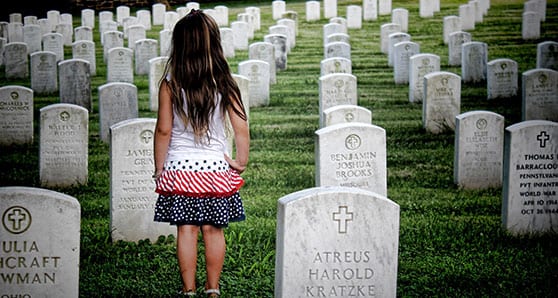 Each year from Halloween on Oct. 31 to All Soul’s Day on Nov. 2, we give death a cultural nod. Does this fulfil some deep-seated need?
Each year from Halloween on Oct. 31 to All Soul’s Day on Nov. 2, we give death a cultural nod. Does this fulfil some deep-seated need?
We don’t have to be historians to recognize that Halloween is connected with death and dying. Just walk around any neighbourhood in the days preceding Halloween and you’ll notice graveyards springing up on front lawns and ghosts flittering among the trees. Walking around a tony Toronto neighbourhood last week, I spotted a macabre Halloween display that would have made a fitting set for a horror flick.
The foundations of today’s celebration of Halloween may go back to the Celtic celebration of Samhain and the Roman feast of Feralia. Both commemorated the dead.
The Celts believed that, for one night a year, the spirits of those who had died in the preceding year roamed the earth. They dressed like witches, ghosts or goblins to deter evil spirits from taking possession of their bodies, and they left treats on the doorstep for good spirits.
The Romans honoured the graves of the deceased with wreaths made of tile, and left grain, salt and bread soaked in wine to nourish the shades.
As Christianity spread through the Roman world, people began celebrating All Hallow’s Eve on Oct. 31, the night before All Saint’s Day. By the 16th century in France, children were dressing up in grisly costumes to perform the Dance of the Macabre. The dance was a reminder that death claims everyone, regardless of a person’s station in life.
In 998, Odilo, Abbot of Cluny, designated Nov. 2 as a day to pray for the deceased members of his community. Odilo’s idea took hold and by the 14th century Nov. 2 had become the Feast of All Soul’s Day.
Today, people still observe traditional rituals that commemorate the dead. When I grew up, communal prayer at the cemetery on All Soul’s Day was common, as was leaving flowers at the grave of the beloved. In some countries, people leave food at the gravesite or set a place at the table for their deceased loved ones.
The similarities between ancient pagan practices and today’s are obvious. While we might think these rituals are superstitious, morbid, silly or good old-fashioned fun, they have endured in some form for millennia. This suggests our rituals serve a purpose, of which we may have lost sight.
Perhaps the creepier Halloween graveyard scenes are a subconscious attempt to gain mastery over and acceptance of our fears about death and dying. And maybe the rituals associated with praying for the dead help us accept our mortality with a bit more grace, especially since we live in a culture obsessed with youthfulness, a culture that some describe as “death denying.”
Unless the ebb and flow of life forces us, we don’t typically give much thought to death.
But for a couple of days a year, as we harvest pumpkins, as leaves fall, as children traipse around in costume collecting treats and as the faithful visit the graves of their beloved, we give death a nod.
That nod might just help us become better at the act of living.
Louise McEwan has degrees in English and Theology. She has a background in education and faith formation.
Louise is a Troy Media Thought Leader. Why aren’t you?
The views, opinions and positions expressed by columnists and contributors are the author’s alone. They do not inherently or expressly reflect the views, opinions and/or positions of our publication.

